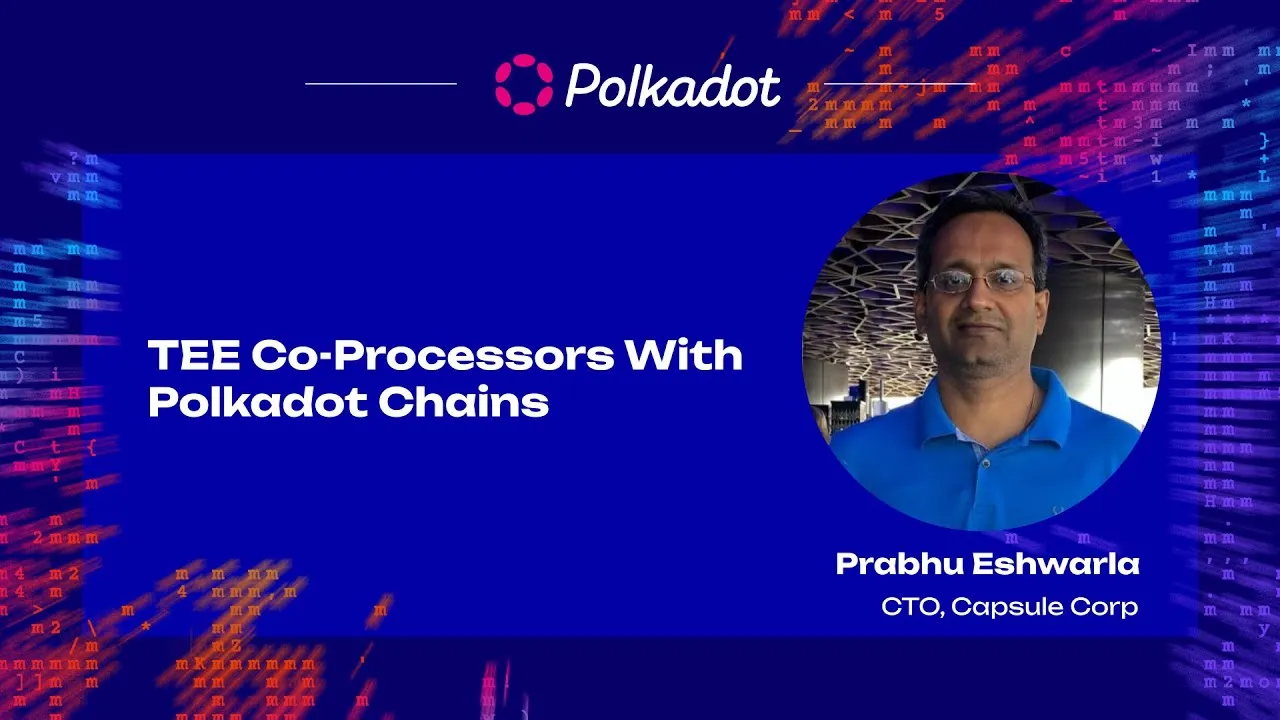

Acurast
Acurast is a decentralized serverless cloud platform designed to provide secure, confidential, and verifiable computation for various applications
Acurast Network: Decentralized Serverless Cloud for the Polkadot Ecosystem
In today’s interconnected world, centralized trust is pervasive, particularly in computational resources and data storage. However, the rise of large-scale data leaks and breaches has underscored the need for a permissionless and decentralized cloud future. Acurast Network, a Layer-1 blockchain, addresses these challenges by providing a decentralized, serverless cloud solution. This article explores Acurast’s features, architecture, and benefits for developers and organizations within the Polkadot ecosystem.
What is Acurast?
Acurast is a decentralized serverless cloud platform designed to provide secure, confidential, and verifiable computation for various applications. By leveraging a modular architecture that separates the consensus, execution, and application layers, Acurast ensures scalability, interoperability, and security for decentralized applications (dApps).
Key Features of Acurast
- Confidential Compute Approach: Acurast employs advanced cryptographic techniques to ensure data privacy and integrity.
- Modular Architecture: The architecture separates consensus, execution, and application layers to enhance scalability and flexibility.
- Decentralized Orchestrator: The orchestrator matches computational resources with consumer requirements in a trustless and efficient manner.
- Interoperability: Supports multiple ecosystems, enabling seamless interaction between Web3 and Web2 applications.
Acurast’s Architecture
Acurast’s architecture is designed to transform how applications are designed and deployed, focusing on privacy, verifiability, and decentralization.
Consensus Layer
The consensus layer is the foundation of Acurast, responsible for matching consumer jobs with processor resources. It includes:
- Orchestrator: Schedules jobs and matches them with appropriate processors, facilitating liquid matching and value exchange between processors and consumers.
- Reputation Engine: Ensures reliability by updating reputation scores of processors and incentivizing honest behavior.
Execution Layer
The execution layer handles the actual processing of jobs and consists of:
- Acurast Secure Hardware Runtime (ASHR): Utilizes dedicated Android smartphones for off-chain infrastructure.
- Acurast Zero-Knowledge Runtime (AZKR): Implements zero-knowledge proofs to ensure secure and confidential computation.
- Universal Interoperability Layer: Contains modules that enable interaction with different ecosystems, ensuring seamless integration.
Application Layer
The application layer supports both Web2 and Web3 applications, allowing for a wide range of use cases, including DeFi protocols and beyond. Acurast’s architecture ensures privacy and verifiability without introducing new trusted entities.
Stakeholders in the Acurast Network
Consumers
Consumers are individuals or organizations that need to offload computation tasks securely and efficiently. They can define jobs in accessible JavaScript code, register them, and set parameters such as schedule and costs. The Acurast Orchestrator then matches these jobs with suitable processors.
Processors
Processors offer their computational resources to execute jobs defined by consumers. These processors use dedicated Android smartphones as the off-chain infrastructure behind the Acurast Secure Hardware Runtime (ASHR). In return for their services, processors are rewarded by the consumers.
Orchestrator
The orchestrator is the core component of the consensus layer, responsible for scheduling jobs and matching processor resources with consumer requirements. It supports various price-finding mechanisms like auctions and advertisements, making the developer experience highly accessible and seamless.
Supported Ecosystems & Integrations
Acurast is designed with interoperability at its core, supporting numerous ecosystems and enabling integration with environments such as EVM, WASM, and Parachains. This flexibility allows projects and enterprises to securely interoperate regardless of the underlying technology.
Acurast Jobs
Acurast Jobs are tasks executed by processors in their Trusted Execution Environment. These jobs produce an output and a proof of execution, which are then delivered to the specified destination chain, such as Astar on Polkadot.
Implementation and Deployment
Acurast leverages a Substrate Runtime consisting of multiple Substrate Pallets for the Acurast Protocol. The network has secured a Kusama Parachain slot for its incentivized testnet and plans to participate in Polkadot Parachain auctions. This integration provides access to Polkadot’s and Kusama’s security and enables communication with other Parachains through the Cross-Consensus Message Format (XCM).
Conclusion
Acurast Network represents a significant advancement in the evolution of decentralized cloud computing within the Polkadot ecosystem. By providing a secure, scalable, and interoperable platform for confidential computation, Acurast empowers developers and organizations to create innovative applications while maintaining data privacy and regulatory compliance. Whether you are a developer looking to integrate secure computation into your dApps or an organization seeking to offload computational tasks securely, Acurast offers the tools and infrastructure necessary to thrive in a decentralized future.
- Related Token/s: cACU
 Acurast Official RSS
Acurast Official RSS
- Acurast Partners with Energy Web to Advance Sustainability and Innovation in Energy Sector July 23, 2024
- Hex Trust Partners with Acurast as Keyholders of tzBTC July 4, 2024
- LEXR Finance Partners With Acurast as Keyholders of tzBTC June 27, 2024
- Continued: The Road To Acurast Mainnet June 26, 2024
- Nodle Partners with Acurast to Enable Its Users to Run Decentralized Compute Applications June 25, 2024
- Acurast Announces Partnership with CoralApp to Pre-Install Acurast Processor Application on… June 20, 2024
- Acurast x Aligned: Unstoppable ZK Proofs June 19, 2024
- Mt Pelerin Partners With Acurast as Keyholders of tzBTC June 11, 2024
- Acurast and tzBTC: A game changer in Web3! May 27, 2024
- Xcavate Joins The Acurast Ecosystem For Real World Asset Data May 9, 2024





















